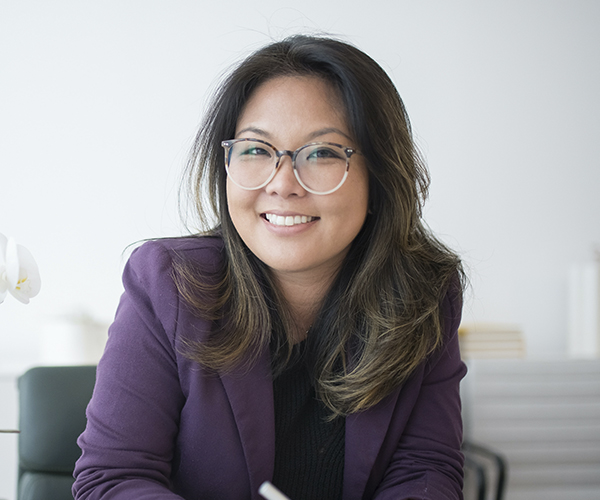
Internet Marketing
Basic Internet Marketing Course — 3 months of intense, hands-on training to understand the basics…Learn MoreInternet Marketing





Order your marketing student paper from the best agency in Germany. Find out about ghostwriter prices at StudiBucht.

Step into the world of unrestricted play with IndependentCasinos.net, where betting not on GamStop sets you free to explore a vast horizon of sports and events, ensuring a thrill-packed experience with every wager.

Looking for a reliable online essay writing services? You've come to the right place. Our website offers comprehensive reviews and recommendations to help you find the best online essay writing service that meets your academic requirements and ensures top-notch results.

Discover the ultimate marketplace for buying and selling Facebook accounts at AccsMarket! Whether you're looking to boost your social media presence or cash in on your unused profiles, our platform offers a secure and convenient way to trade Facebook accounts with ease.